Separation anxiety is one of the most common dog behaviour problems described by dog owners. Some symptoms include barking, whining, restlessness, aggressiveness, house destruction, urinating and defecating around the house. It’s never a fun experience leaving your dog at home, but there will come a time when you need to go to work. Unless you work a pet friendly job, it’s inevitable that your fur baby will need to spend some time alone. Here are some tips to help make your dog enjoy staying at home alone.
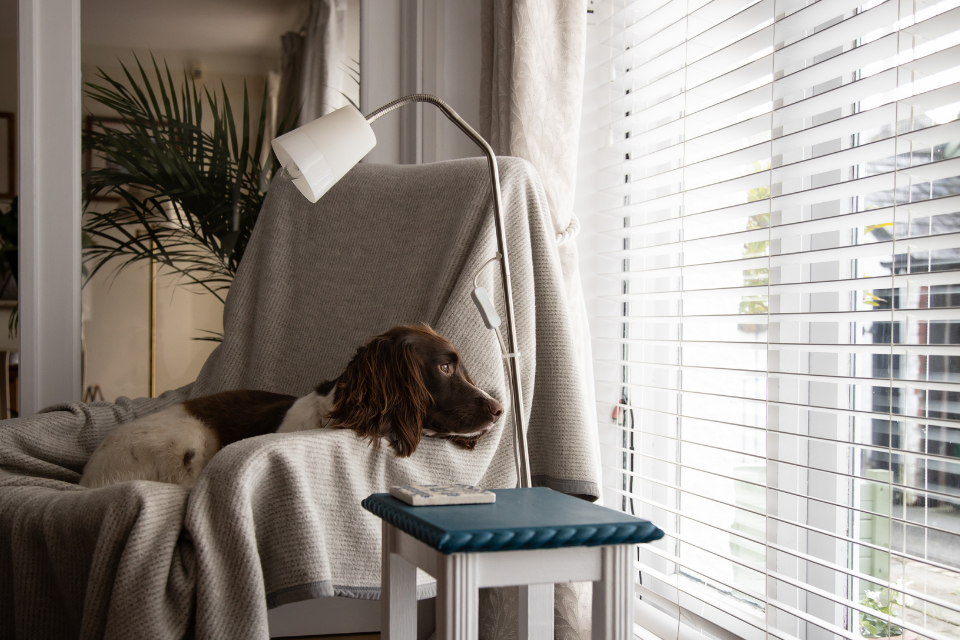
What triggers separation anxiety?
Separation anxiety exists when a dog is hyper attached to its owner and gets extremely stressed when left alone. Some reasons for separation anxiety includes:
- Loss of a family member
- Change of ownership
- Moving to a environment
- Change in daily routine
- Boredom and lack of exercise
- Lack of communication with owner
Separation anxiety can happen to any dog, but it’s more likely to happen to dogs that have been previously abandoned. Dogs that often go between shelter and home are very sensitive to the environment and people around them; therefore, they’re more easily stressed by the action of people leaving.
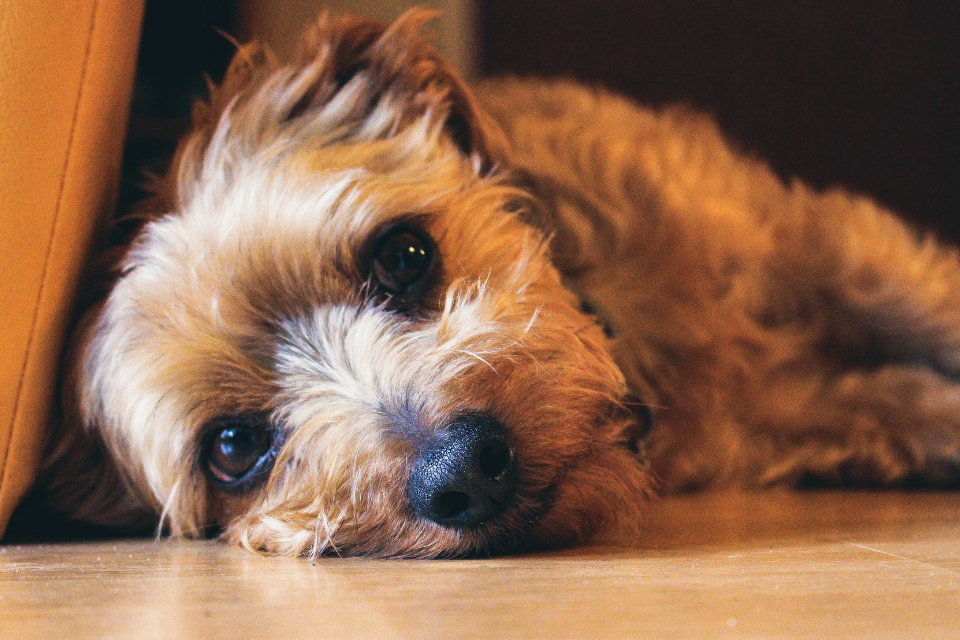
Some dog breeds suffer more from separation anxiety than other breeds. For instance, Border Collie is an extremely intelligent dog breed meaning that it gets bored easily. The Border Collie is also a high-energy dog breed that has herding tendencies. When you leave Collies at home with little to no physical and mental stimulation, they’re more likely to experience separation anxiety and destructive behaviour.
Read more: 10 Dog Breeds With the Worst Separation Anxiety
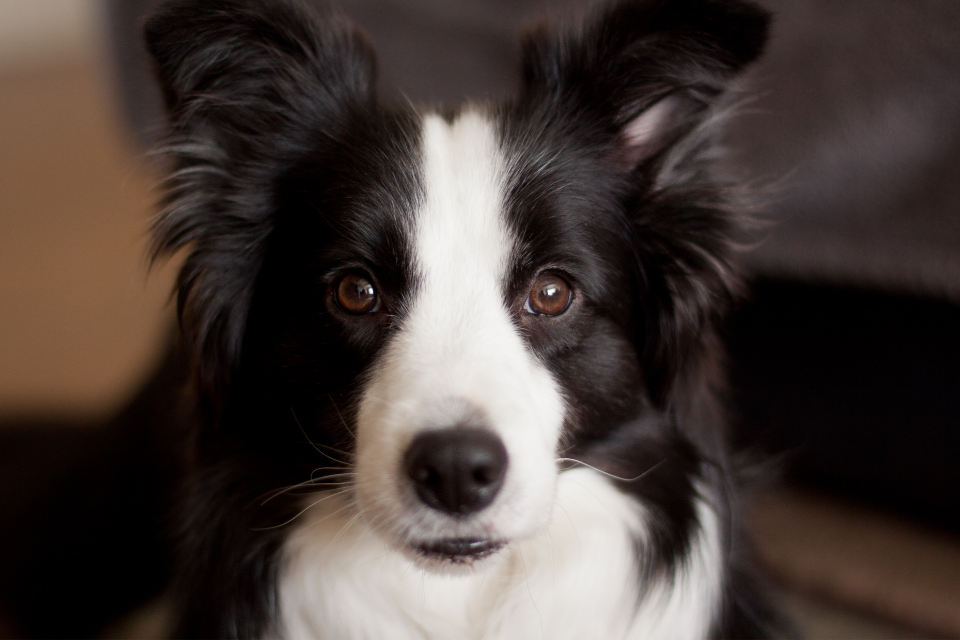
How to help my dog with separation anxiety?
A common way people try to solve their dog’s separation anxiety is through drugs and supplements such as CBD oil. Although prescribed drugs from a veterinary professional can help calm your dog and curb separation anxiety, it is not a sustainable solution. Drugs are temporary fixes that do not address the root cause of separation anxiety.
The real way to solve separation anxiety is through training
According to expert dog trainer Cesar Millan, there are two types of separation anxiety: stimulated and true separation anxiety. Stimulated separation anxiety happens when your dog “learns” that their bad dog behavior will result in a reward. For instance, if you give your dog attention every time it barks, your dog will learn that barking = human attention.
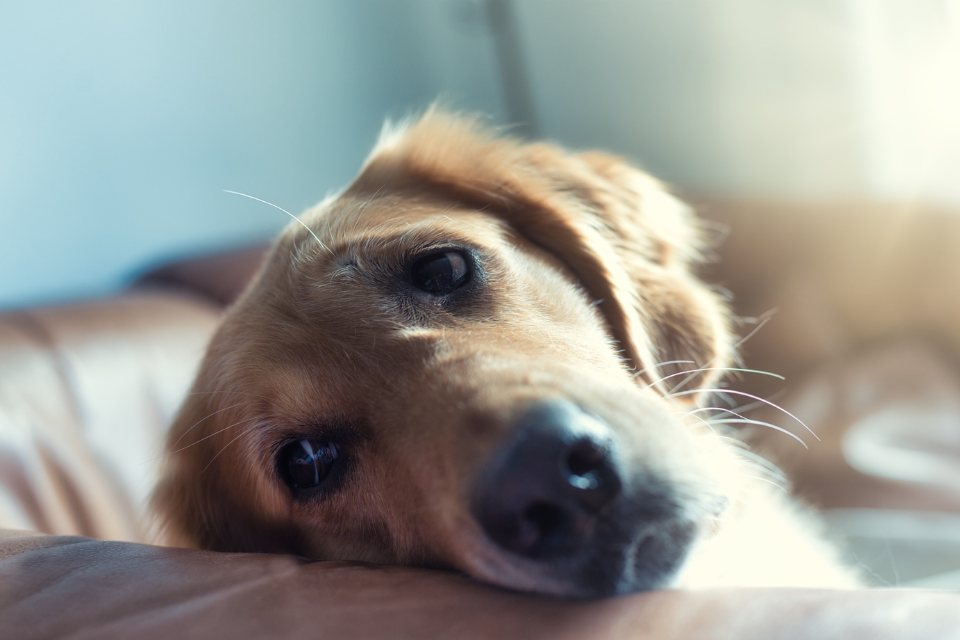
Crate training
We all need some privacy and so does your dog. Crate training is a common method that helps your dog feel comfortable when they are anxious, stressed, or overwhelmed. You can use a crate, a fenced area, or a spare bedroom for crate training. The ultimate goal of training is to let your dog know that there is a safe space for them if they are ever experiencing separation anxiety.

To start, make sure that the “crate” is comfortable for your dog’s liking. You can put in your worn clothes, a comfortable dog bed, and your pup’s favorite toys. Then, have your dog spend some time in the crate or area while you’re at home. Start with short periods of time and slowly extend as your dog gets used to staying there. This introduces the crate as a safe and comfortable place that’s exclusive for your dog.
Do not ever use crates as a punishment
It’s important that you don’t use the crate as a form of punishment for any bad dog behaviour. You want to keep the crate as a safe space that’s associated with calmness and happiness for your dog. Nobody likes being kept in a prison, so don’t make your pup feel like it is trapped in the crate. When you come home from work, your dog should remain calm in its crate or safe space. If your dog is pacing around or banging at the door of the crate, quietly leave and return when your dog is calm.
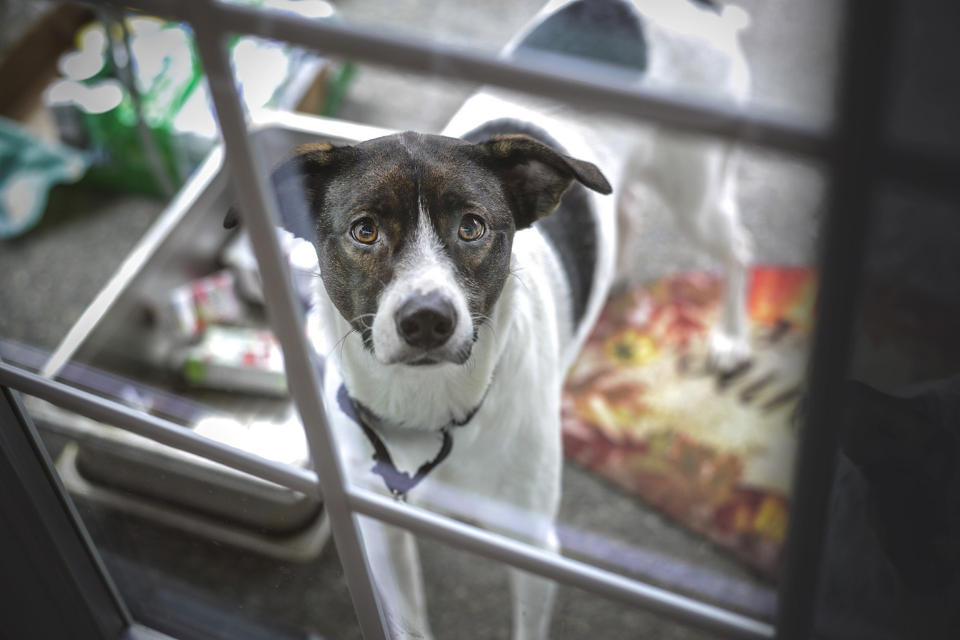
Other ways to curb separation anxiety
- Exercise your dog before leaving.
- When your dog is tired it will be more calm and relaxed. If you have the time, exercise your dog for at least 30 minutes before you leave. This will divert the attention of your dog to food and sleep while you’re away.
- Use a dog monitor to track your dog’s behaviour when you’re away
- It’s important to keep an eye on your dog’s behaviour especially when you’re gone in case of emergencies. Get a dog monitor like Furbo that allows you to two-way audio to see and talk with your dog remotely.
- Leave your dog with comfort items like recently worn clothes that smell like you
- Items that have your scent can help your dog relax and reaffirm them that you will come back.
- Play music for your dog!
- It was found that classical music can calm dogs down. Soft rock and reggae music was also played at dog shelters to promote relaxation.
- Leave your dog with enrichment toys to keep them busy while you’re gone.
- If your dog is bored of normal toys and dog chews, try giving them an interactive toy like a Kong or a treat ball.

It’s never fun leaving your dog at home alone, but there are many ways to make the process more enjoyable for both you and your pup. While there are many quick fixes like supplements and exercise, the key to solving separation anxiety is through training. Training should start even when a dog is just a puppy. We cannot give affection to a puppy every time it whines or barks, just like how we train a baby to stop crying. As a pawrent, you need to teach your dog that ONLY good dog behaviour will result in rewards, whether that is affection, treats, or toys. The same idea applies to adult and even senior dogs, reward your dog only when it shows good dog behaviour like patience and calmness!















